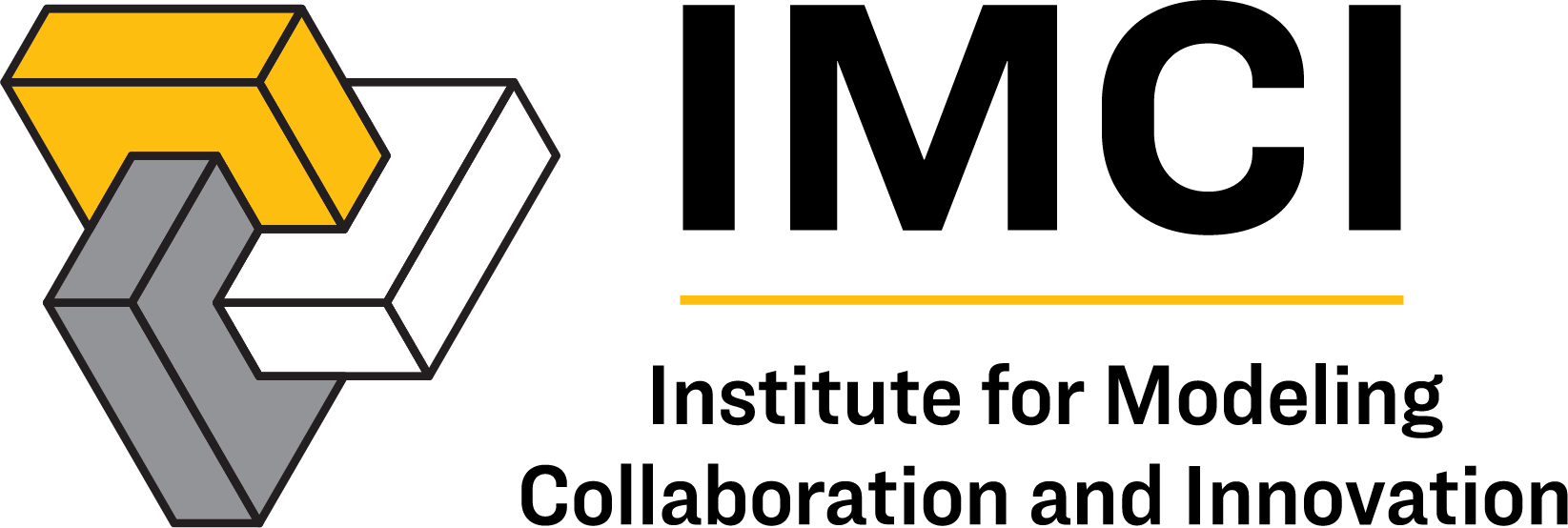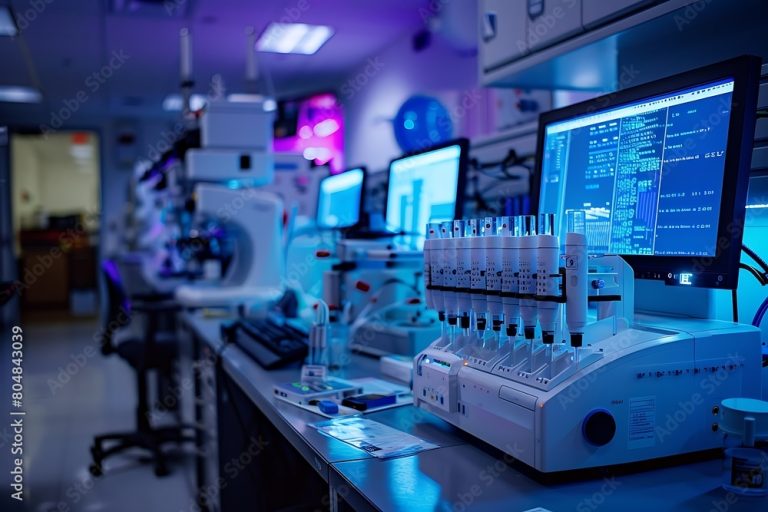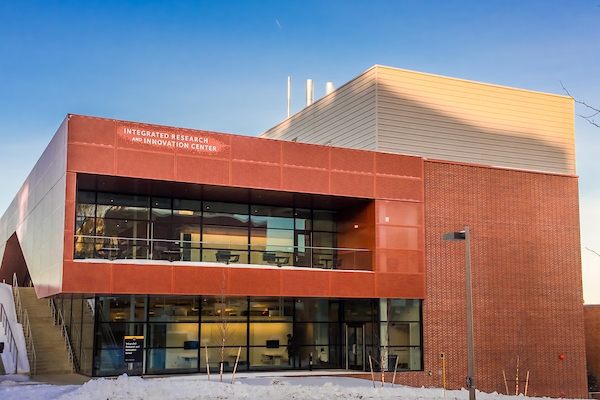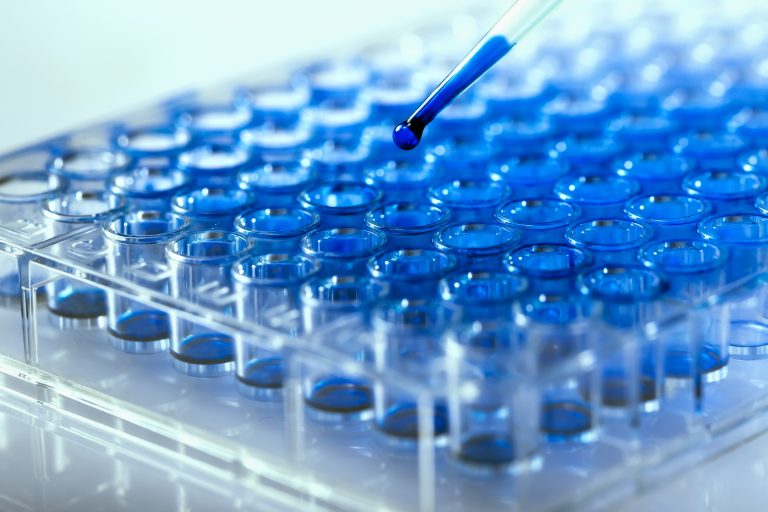3-D Printer to Revolutionize Biofluids and Biomechanics Research
This news article comes from central University of Idaho Communications and Marketing. View the original here. While IMCI was not involved in the funding of this research project, we are honored to have Dr. Tao Xing as one of our IMCI participants. October 20, 2020 – With the help of a more than $300,000 major…




